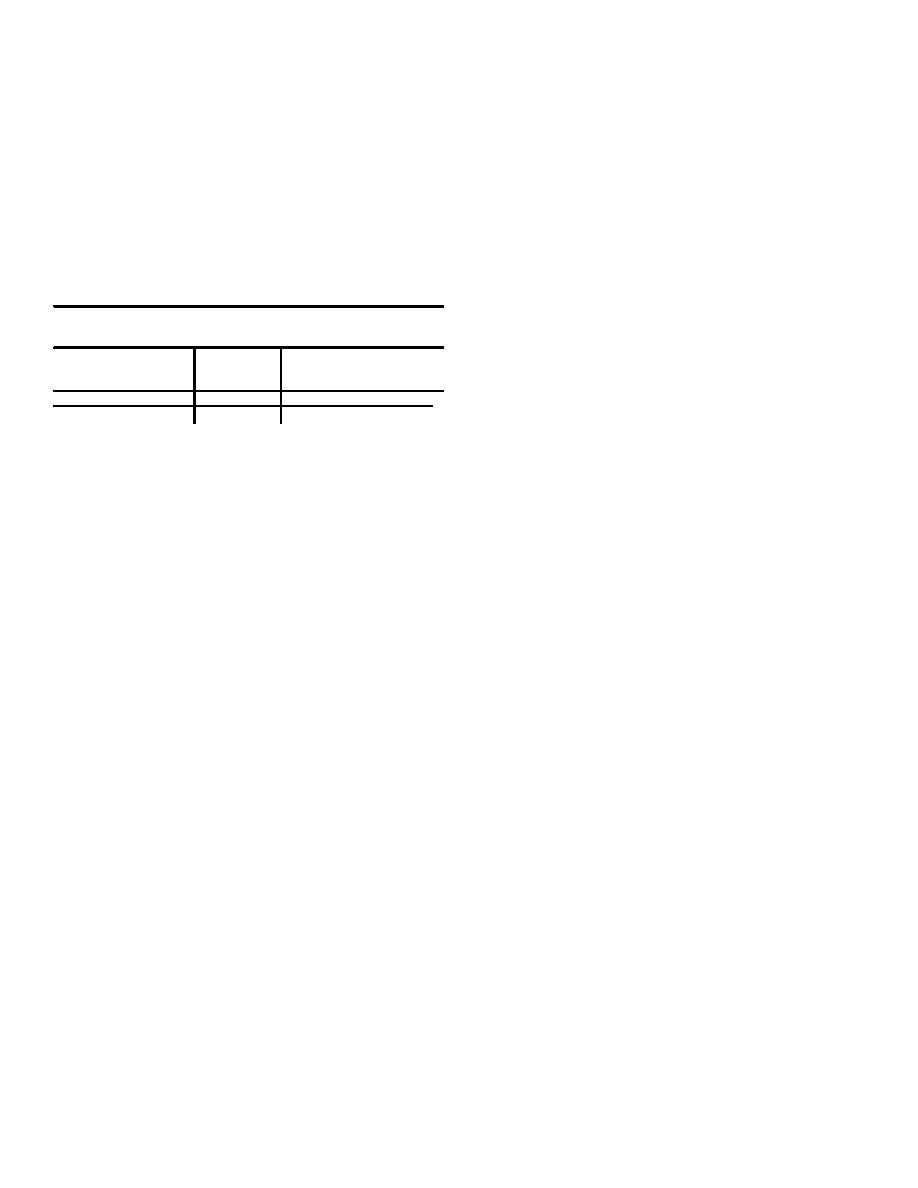 |
|||
|
|
|||
|
Page Title:
Retransmission Operating Procedures (cont) |
|
||
| ||||||||||
|
|  (4) Use the retransmission interference charts
receiver frequencies that are likely to interfere with each
(fig. FO-1) as a guide in selecting frequencies that will
other. To use the chart, find the axis for all transmitter
not interfere with the radio that is continually in close
frequencies selected to use and go up to each receiver
proximity to the other. These charts are used to
frequency in use; change any receiver frequencies that
determine interfering frequencies that should not be
intersect at a darkened interference line. An example of
selected for use by retransmission configuration ARC-
using the chart is given below.
131 radio sets. The black areas indicate mutually
Example: Two ground stations desire to com-
interfering frequencies. For example, there would be
municate with each other through retransmission station
interference between 31.45 MHz and the following: 53.70
on 35.85 MHz (station 1) and 49.75 MHz (station 2).
(10 kHz), 54.45 MHz (10 kHz), 55.45 MHz (10 kHz),
This will require that FM-1 and FM-2 transceivers in the
57.30 (10 kHz), 60.15 (10 kHz), 61.55 MHz ( kHz),
AN/ASC-15A(V)1 and (2) be tuned to those frequencies.
etc.
Since 10 MHz exists between frequencies it will only be
(5) Observe the recommended minimum
necessary to check for interference on the
frequency versus distance restrictions given below.
retransmission interference chart figure.
(7) Transmitter frequency at 35.85 MHz will not
Minimum antenna distance separation
interfere with a receiver at 49.75 MHz. However, as
(whip antenna)
shown by the chart, a transmitter frequency at 49.75
Minimum Frequency
Between
MHz will interfere with a receiver at 35.85 MHz and
separation
Between
ANIARC-131
therefore, the two retransmission frequencies are not
required
AN/ARC-i31
radios on LOW
acceptable.
10 MHz
56 feet
5 feet
f In the event of an emergency situation wherein the
(6) On the retransmission interference chart,
TSEC/KY-28 is likely to be captured by the enemy
transmitter frequencies are plotted in MHz along the
forces, set the ZEROIZE switch on the C-8157/ARC to
bottom of the chart from left to right; receiver frequencies
up and open the access door on the TSEC/KY-28. Both
in MHz are plotted along the left-hand side of the chart
of these actions will zeroize the TSEC/KY-28 and make
from bottom to top. The heavy dark lines running
further cipher communication impossible.
through the chart are intersects of transmitter and
3-18
|
|
Privacy Statement - Press Release - Copyright Information. - Contact Us |